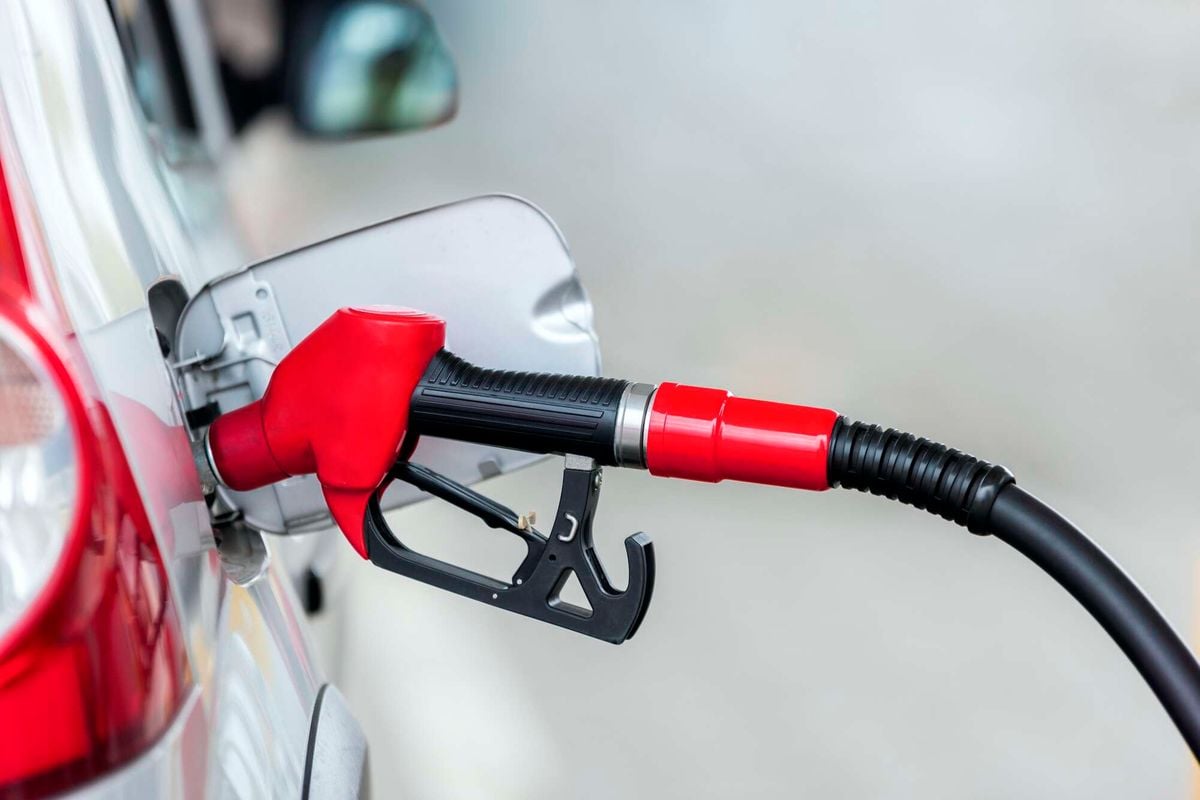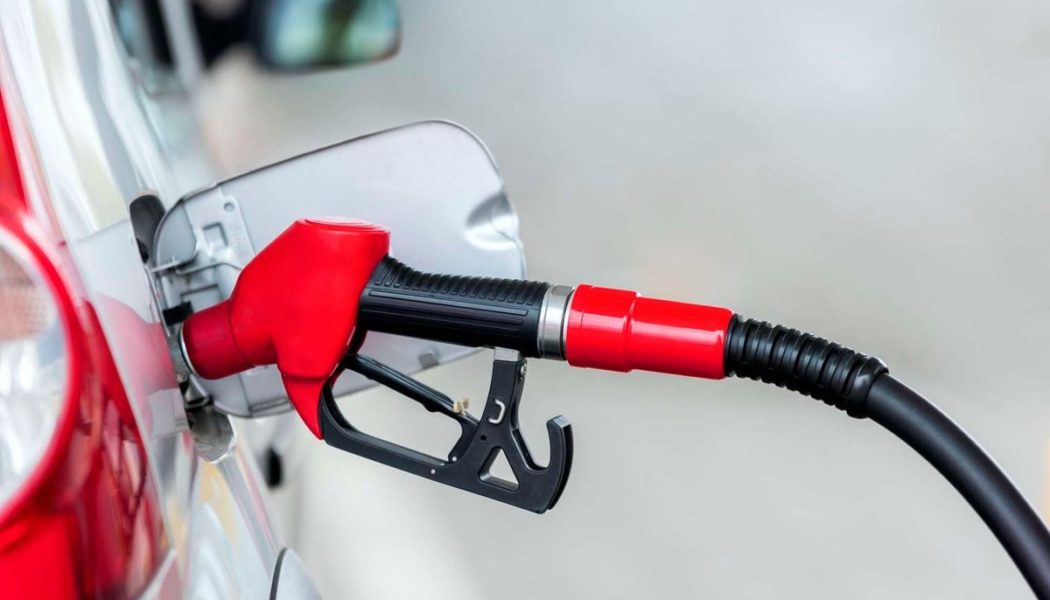
Racing cars go faster and faster as they lose weight by using up their fuel. So, would it make sense for ordinary motorists to only half-fill their tanks to reduce weight and thus improve performance? ZN
In theory, yes. In practice, no.
Formula One cars need about 100 litres of fuel to complete all the laps of a race, so by the end, they have shed nearly 100 kilos of weight, and their lap times have continuously improved—but by less than one second per kilometre.
In racing that is a huge change. It is the difference between the car that comes first and the car that comes last.
In ordinary motoring it is nothing. And whatever tiny amount of time saving there might be over, say, 200km, is less than the time it would take to refuel twice as often.
Besides, in ordinary motoring, the difference would be even less. The 100 kilos of fuel F1 cars start with increases their overall weight by 10 percent, and the effect applies to cars being driven at their absolute maximum.
In ordinary cars, a full tank averages around 60 kilos, which is only about three percent of the total vehicle weight, half-a-tank saves only half of that fraction, and 99.9 percent of the time the car is not driven at nor anywhere near the maximum revs, so while different weight might make a tiny fraction of difference to fuel consumption, it makes next-to zero difference to the required performance.
Apart from making no difference in that respect, half-filling offers no other advantages and has some potential drawbacks.
A nearly empty tank is not “safer” than a full one. Petrol on its own is not explosive. It is only flammable when mixed with air. It goes bang biggest and loudest when there is 15 times more air than fuel (by weight). Your fuel tank is therefore more of a potential bomb when it is nearly empty than when it is nearly full.
There are other reasons why keeping a tank fuller is advisable. The inside of fuel tanks can be prone to rust over time, and this rust forms on surfaces exposed to air when the vehicle is standing still.
The fuller the tank the less area of its inner surface is exposed. That is why, if you store a vehicle for a long period, the tank should either be empty (“dry”) or full.
Also, fuel tanks have baffles to prevent the fuel from sloshing around too much, both to inhibit significant weight shifts when you go round corners and to reduce the sloshing agitation of any dirt in the fuel (from flakey rust inside the tank or a dirty pump refill). Fuller tanks splash around less.
Fuller tanks also give you more security – if there is a nationwide stock-out you have some margin to cope with the situation, not an immediate crisis.
The same applies if you have to make an urgent (emergency?) trip at short notice. Going to sleep at night in the knowledge that your car is ready for anything is a positive.
The recommended protocol is to always fill your tank when you refuel and to zero the trip odometer. That way you can constantly monitor your consumption rate (and take action if there is a dramatic change) and know your position if the fuel gauge fails between fills.
And planning a refuel as soon as the needle goes below half means you can pick the most convenient time and place to refill long before it becomes urgent or anxious.









